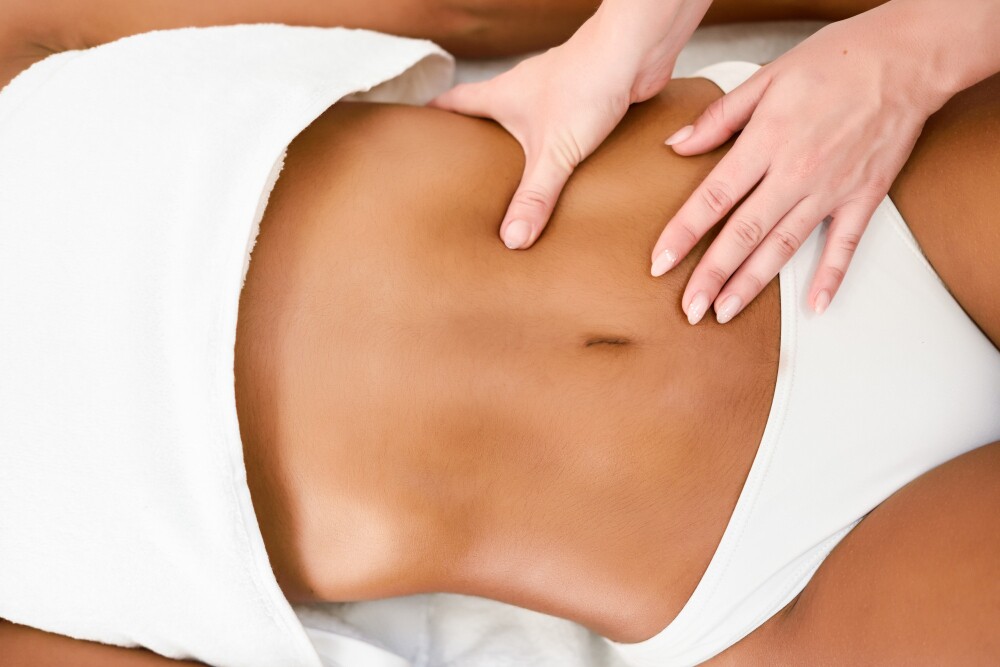How to Get Red Wine Stain Out of Clothes

There’s nothing worse than that “uh-oh” moment when a beautiful glass of red wine decides to leave its mark on your clothes! The immediate panic is understandable – red wine stains are notoriously stubborn and can create a permanent reminder of a seemingly small spill.
But don’t despair! Acting quickly and using the right stain removal techniques can dramatically improve your chance of saving your beloved shirt, dress, or tablecloth from utter ruin. This guide breaks down effective methods, tackles different fabric types, and explores preventive measures so you can enjoy your vino without sacrificing your style.
The Emergency Action Plan: What to Do Immediately
Speed is your ally when tackling a red wine stain. The longer it sets, the deeper it penetrates the fibers, making it increasingly difficult to remove. Here’s your instant rescue strategy:
-
Blot, Don’t Rub: Grab a clean cloth or a stack of paper towels and firmly blot the excess wine. Avoid rubbing, as this can spread the stain and push it deeper into the fabric.
-
Salt Attack: If you have salt on hand, sprinkle a generous amount over the entire stain. Salt’s absorbent qualities will draw out the moisture and some of the pigment. Let it sit for about 10-15 minutes, then carefully brush away.
-
Neutralize with White Wine (Yes, Really): Oddly enough, white wine can help dilute the red pigments. You can also use cool water, sparkling water, or club soda in its place. Generously saturate the stain, and continue blotting. This won’t completely remove the stain but will reduce its severity and lessen the urgency until you can use a more robust cleaning method.
Choosing the Right Stain Removal Weapon
Selecting the optimal method depends on both the fabric type and the extent of the stain. Here’s a comprehensive breakdown of the most common (and some surprising!) cleaning agents to combat red wine stains:
Household Heroes
-
Baking Soda: Tried and true! Make a paste by mixing baking soda with a small amount of water and apply it generously to the stain. Let it sit for at least 30 minutes (even overnight for severe stains). Gently work the paste into the fabric, rinse, and repeat if necessary.
-
Dish Soap & Hydrogen Peroxide: This dynamic duo is the workhorse for treating many stains. Combine liquid dish soap (ideally clear) with hydrogen peroxide in a 1:2 ratio. Test an inconspicuous area of the fabric first, then saturate the stain with the mixture. Leave it for 20-30 minutes, gently rinse, and repeat if needed.
-
White Vinegar: The acidity of white vinegar helps counteract the wine’s pigments. Dilute vinegar with an equal part of water, blot on the stain, and let it sit for a few minutes before rinsing.
Special Forces Stain Removers
-
Oxi Cleaners: Formulated specifically for stain removal, Oxi cleaners are generally an effective solution for a variety of fabrics. Make sure to check the product label for instructions and fabric compatibility.
-
Specialized Wine Stain Removers: There are several cleaning products available specifically for removing wine stains (e.g., Wine Away). These often work even on dried, set-in stains.
Additional Cleaning Arsenal You Might Already Have
-
Shaving Cream: This seems strange, but the foamy, thick texture of shaving cream can trap pigment and assist in stain removal. Cover the stain and let it work its magic for 15-20 minutes before washing the garment as usual.
-
Milk: Milk isn’t a miraculous stain remover, but it can help with very fresh stains. Soak the garment in milk for around 30 minutes, then wash regularly.
Dealing with Stubborn and Dried Stains
If you couldn’t get to the stain immediately, or the initial clean didn’t quite do the trick, don’t lose hope. Try these tactics:
- Hot Water Soak: While generally not recommended for delicate fabrics, soaking fabric in near-boiling water may lift a set stain. This works best on linen or cotton tablecloths. Be warned, this could permanently set in a stain with certain fabrics – a cautious approach is important.
-
Bleach: Chlorine bleach should be a last resort as it can be harsh on fabrics. Before using, check the garment’s care tag and dilute it significantly. This may be worth considering only for white cotton or linens. Remember always to test on a hidden area first.
-
Commercial Stain Devils: If you’re dealing with a super-stubborn stain on a non-delicate fabric, a high-powered stain remover or a product intended for dry-clean-only fabric may be your best bet. It’s important to always follow the manufacturer’s instructions carefully.
Don’t Forget About Your Upholstery and Carpet
Wine spills aren’t limited to your wardrobe! The same principles of quick action and targeted cleaning apply to furniture and carpets.
-
Upholstery: For removing stains from sofas or chairs, blot, apply club soda or a vinegar/water solution, and work in dish soap, or use carpet cleaner for tougher stains. Make sure the fabric isn’t delicate before experimenting with harsher options like hydrogen peroxide.
-
Carpet: Employ the blotting and salt techniques and try the dish soap, hydrogen peroxide, or vinegar methods. Use a clean cloth to rinse away cleaning mixtures; a wet/dry vacuum is handy for extracting waterlogged carpet patches. Dedicated carpet cleaners may be ideal for larger, set-in spills.
Tackling Different Fabric Types
It’s essential to consider the specific fabric of the stained item for successful red wine stain removal:
-
Cotton and Linen: Fairly tolerant fabrics often responding well to baking soda, dish soap/hydrogen peroxide, or even hot water for set-in stains.
-
Silk and Wool: These delicate fabrics demand gentle treatment. Stick to diluted white vinegar, specialized detergent formulated for silks and wool, or a professional cleaner when facing serious stains.
-
Leather and Suede: Removing red wine from leather and suede is incredibly challenging and likely requires a professional leather cleaner. Avoid home remedies with these materials.
Don’t Forget The Washing Machine
Once you’ve tackled the stain with your chosen method, it’s important to throw the garment into the washing machine as soon as possible to ensure complete removal. Here are some washing guidelines:
-
Cold Water Only: Hot water can set the stain, particularly on delicate fabrics. Cold water is safer and generally effective.
-
Launder as Usual: Use your regular laundry detergent according to the care label instructions.
-
Check Before Drying: Make sure the stain is completely gone before placing the garment in the dryer. The heat will permanently set any lingering stain.
-
Hang to Dry: Avoid machine drying and opt for air drying whenever possible – just another safety measure. Once a stained piece is in the dryer, your options diminish further.
Preventive Measures for Spill-Proof Enjoyment
While accidents happen, let’s try to avoid future red wine stain emergencies:
-
Fabric Protector: Several spray-on protectors on the market can guard your linens, clothes, and even upholstery. Their efficacy varies across fabrics, so choose carefully and always test on a discreet area.
-
Strategic Drinking: Opt for dark-colored clothing at gatherings where red wine will be in circulation.
-
Napkin Defense: Shield your lap with a napkin during meals where spills are a risk.
-
Wine Glass Charms: Distinguishing your glass in social settings helps minimize the chance of accidentally grabbing someone else’s – and with any luck, someone else’s spilled glass as well!
Additional Notes and Pro Tips
-
Old Does Not Mean Lost: Even seemingly ancient, dried red wine stains might be salvageable with powerful pre-soak formulas or a professional cleaner. Sometimes, perseverance pays off.
-
If In Doubt, Go Gentle: It’s wise to start with the most gentle cleaning method and escalate cautiously based on the garment’s fabric and severity of the stain.
-
No Heat on Wet Stains: Don’t use a hairdryer or hot dryer on the stained spot even to speed up initial drying. It can further set in the wine pigment.
Let’s Keep The Wine Flowing
Enjoying a glass of red wine shouldn’t mean sacrificing your garments or upholstery! While spills happen, understanding effective stain removal methods, acting quickly, and taking steps to prevent future stains will go a long way. With a little know-how and preparation, both your clothing and your love for red wine can have a long and fruitful future.
Let us know in the comments any red wine disaster-saving advice you might have!


